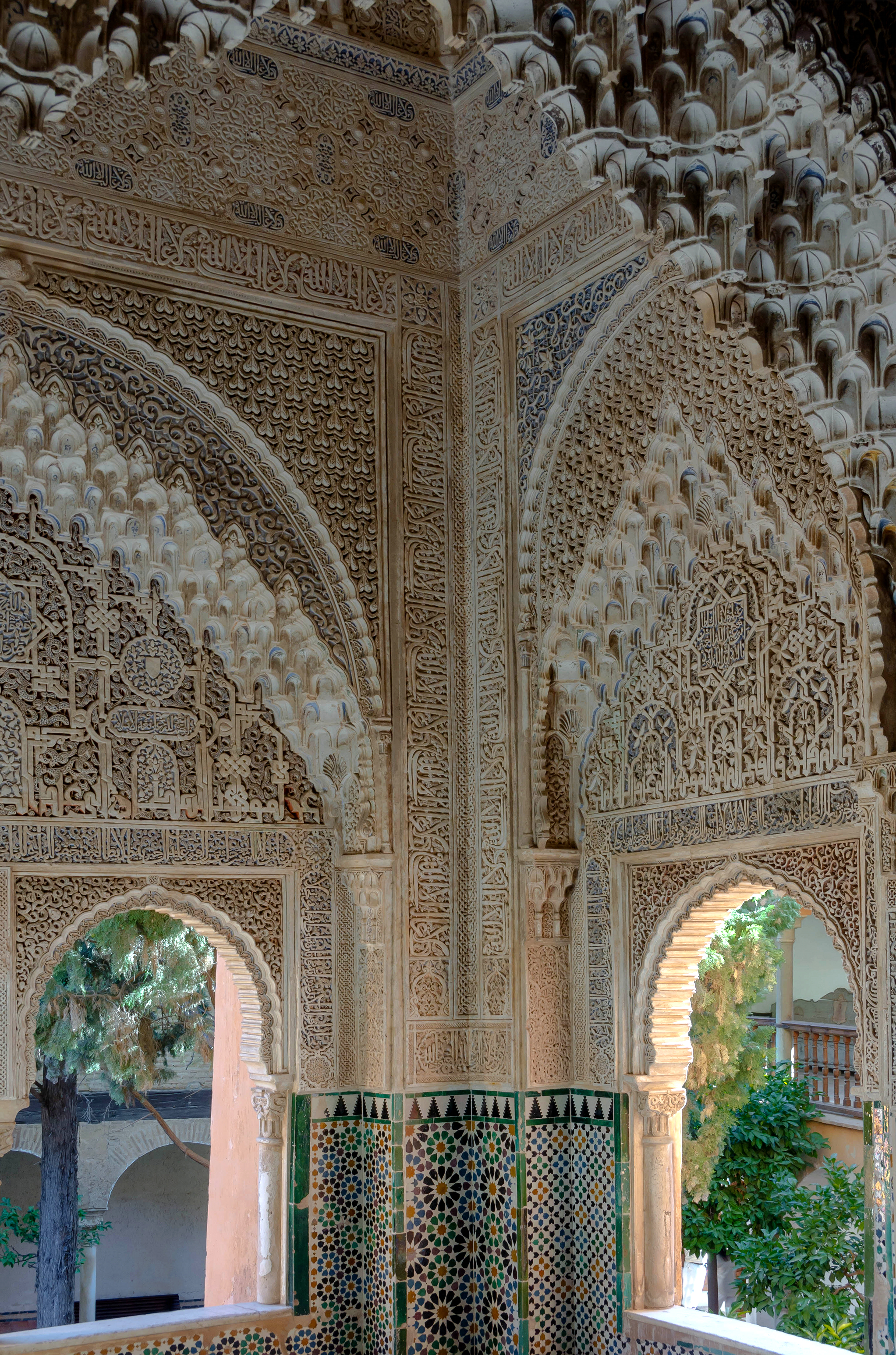 BACK
BACK
The observation point of Daraxa
The delicate tilings and the proportion of the nasrid architectonic design compose of one of the most beautiful elements of the Alhambra castles
 Make your selection to discover more places
Make your selection to discover more places
As you approach the threshold of the arch, you see some of the most the delightful tiling in the Alhambra, with small tiles forming an attractive design. The traditional niches have been replaced by various blind arches.
The interior walls of the balcony are representative of the decorative proportionality favoured by the Nasrid architects, considered by some authors as possibly being a Nasrid Baroque style.
Beneath a stalactite blind arch is some polychromic plasterwork, mostly inscriptions, framing a window with a double-arch and a mullion which, like the side windows, is situated in a low position from where a person sitting on the floor can admire the countryside.
A false covering, with multicoloured crystals constituting a veritable treasure, crowns the top of the room, in what may well be the stateliest location in the Palace of the Lions.
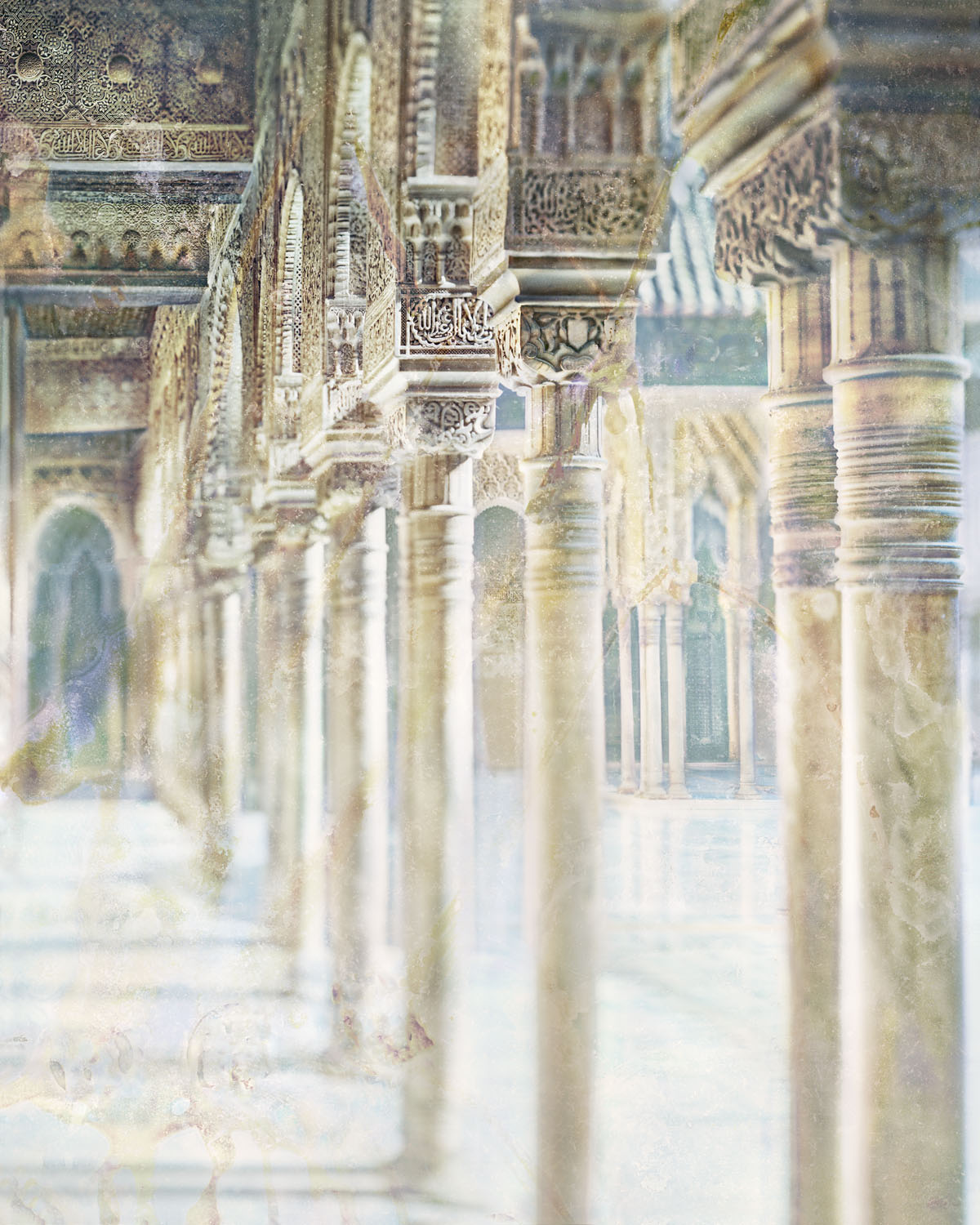
La Alhambra, a look from Fernando Manso
MORE INFORMATION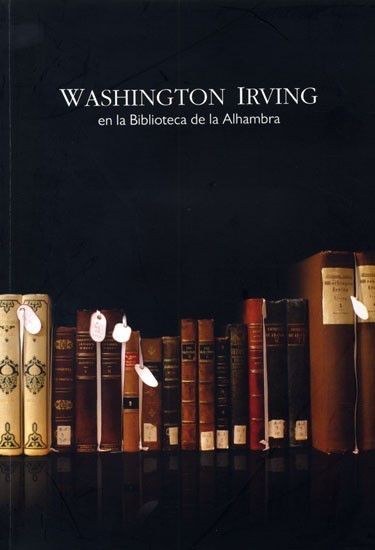
WASHINGTON IRVING AND THE ALHAMBRA
MORE INFORMATION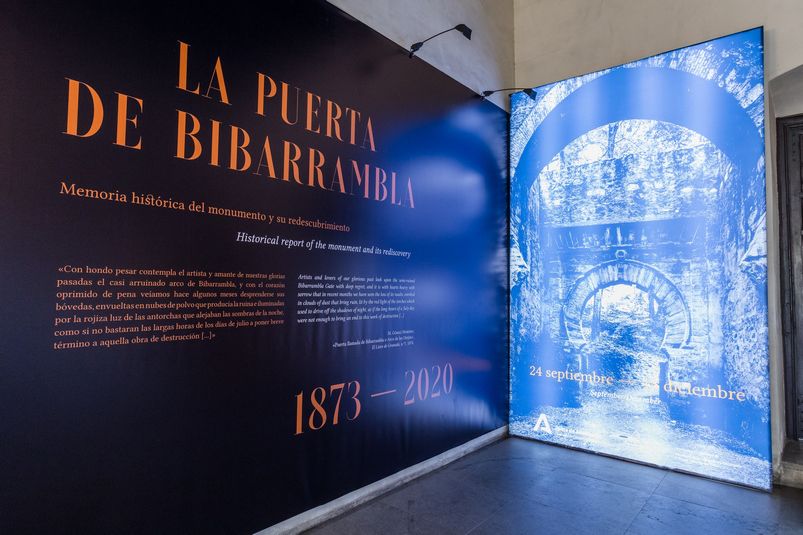
THE GATE OF BIBARRAMBLA. Historical report of the monument and its rediscovery
MORE INFORMATIONTHE EMPEROR´S CHAMBERS
MORE INFORMATION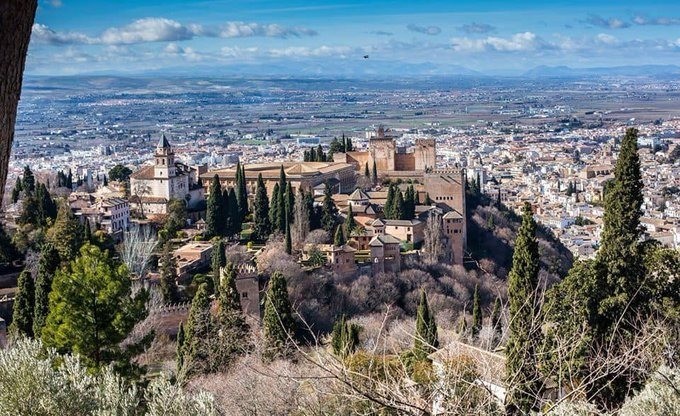
The Council of Alhambra and Generalife will refund automatically the full amount of the bookings
MORE INFORMATION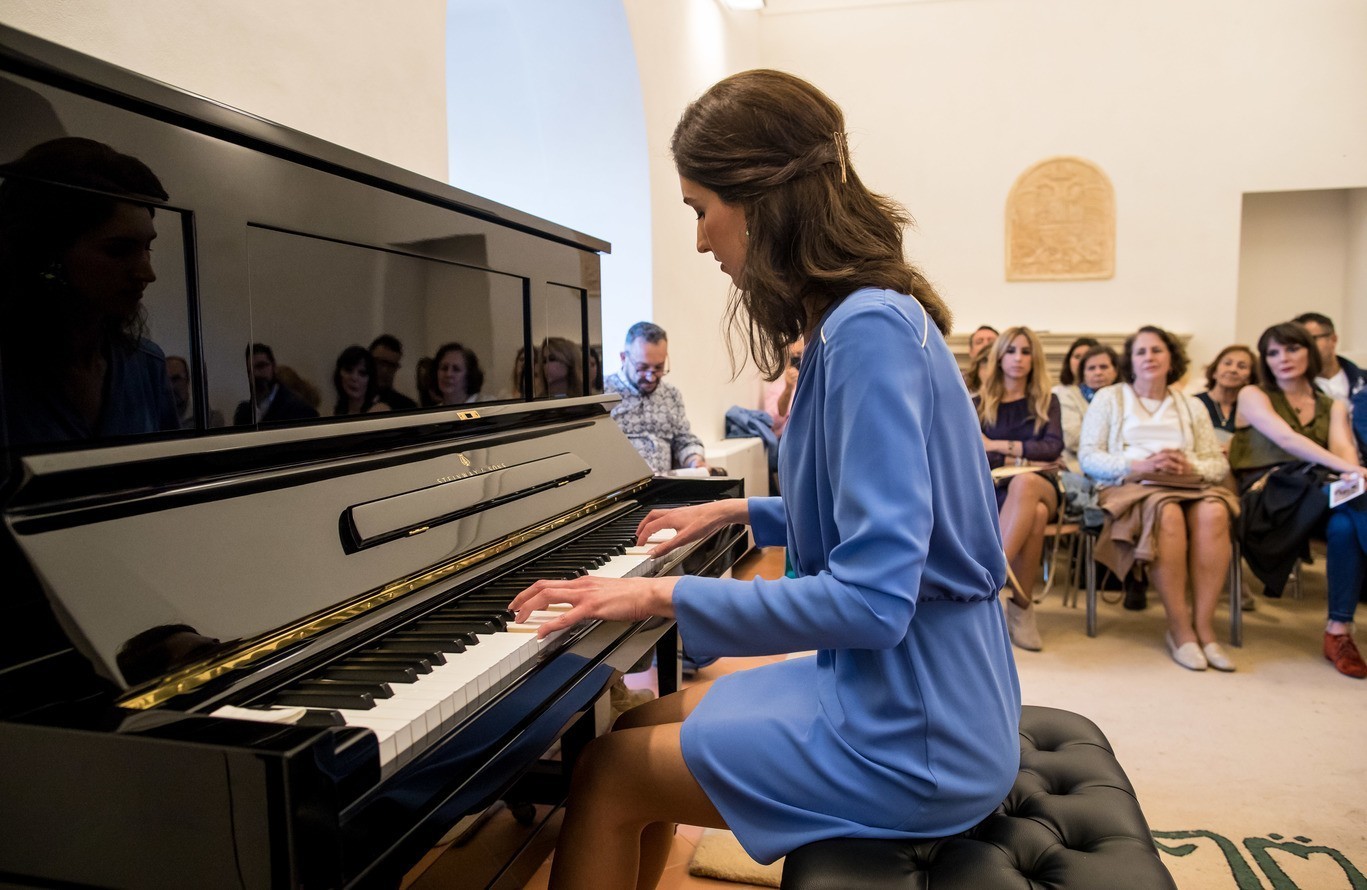





 Contact
Contact






